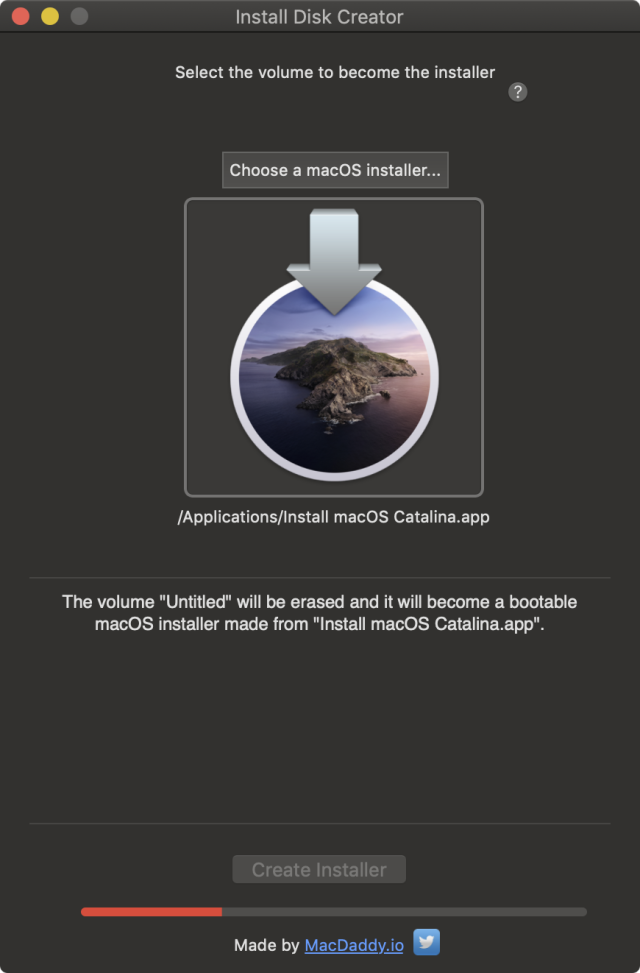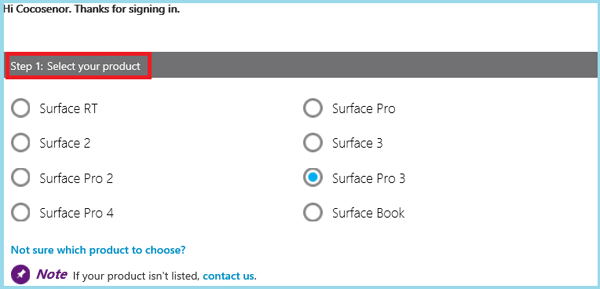

- #CREATE A USB RECOVERY DRIVE FOR MAC HOW TO#
- #CREATE A USB RECOVERY DRIVE FOR MAC INSTALL#
- #CREATE A USB RECOVERY DRIVE FOR MAC WINDOWS 8.1#
- #CREATE A USB RECOVERY DRIVE FOR MAC PC#
- #CREATE A USB RECOVERY DRIVE FOR MAC WINDOWS 8#
RELATED: How to Factory Reset a Chromebook (Even if It Won't Boot) You can then boot any Mac while holding the Option key, select the recovery drive, and access the recovery environment.
#CREATE A USB RECOVERY DRIVE FOR MAC INSTALL#
Run it, select an external drive to install the recovery environment to, and follow the instructions. You can also create an OS X Recovery disk, which is useful on Macs without Internet Recovery or if you want to access recovery mode without an Internet connection.ĭownload the OS X Recovery Disk Assistant from Apple’s website.

This is all integrated into the Mac’s UEFI firmware, so it can download the recovery environment and use it even if your hard drive is completely wiped. Modern Macs even support Internet Recovery, so they can download the OS X Recovery environment from Apple’s servers when necessary. RELATED: 8 Mac System Features You Can Access in Recovery Mode You can also use other tools - for example, we have instructions for using the Boot-Repair tool to fix a GRUB boot loader problems. You could follow guides to fixing your operating system online and run the appropriate terminal commands. But there are other ways you can attempt to repair your Linux system.įor example, you could reinstall your Linux distribution without formatting the drive, keeping your files.

Unlike on other operating systems, Linux distributions like Ubuntu don’t have specialized “repair installation” options that will attempt to repair an existing installation. If your Linux distribution ever becomes damaged and unbootable, insert your live CD and use the tools on the live CD to fix it. Just ensure you have a bootable USB drive, SD card, DVD, or CD with your Linux distribution’s live environment on it. There’s no need to create separate, specialized recovery media on Linux. RELATED: How to Create Bootable USB Drives and SD Cards For Every Operating System This hidden tool was removed in Windows 8.1, so you’ll have to create a USB recovery drive instead. It allows you to create a CD or DVD recovery disc for Windows 8. On Windows 8, you can press Windows Key + R, type recdisc.exe into the Run dialog, and press Enter to access this tool. A system repair discallows you top access tools like Startup Repair, which can fix problems that prevent your operating system from booting. Press the Windows key to open your Start menu, type System Repair Disc, and press Enter to open it. You’ll have to create system repair disc on a CD or DVD. Windows 7 doesn’t allow you to create USB recovery media. RELATED: Create a System Repair Disc in Windows 7
#CREATE A USB RECOVERY DRIVE FOR MAC PC#
This can help free up disk space on devices with small amounts of storage, but you’ll need the USB drive to refresh or reset your PC in the future. This tool also gives you the option to move your recovery drive to the USB drive, deleting it from your system drive. Insert your USB drive and go through the wizard. Tap the Windows key on your keyboard to access the Start screen, type Recovery drive, and press Enter to open the “Create a recovery drive” tool.
#CREATE A USB RECOVERY DRIVE FOR MAC WINDOWS 8.1#
Use the Recovery Media Creator to create a USB recovery drive on Windows 8.1 or 8.
#CREATE A USB RECOVERY DRIVE FOR MAC WINDOWS 8#
You’ll also need access to a Mac running Yosemite that includes an existing Recovery HD partition.RELATED: How to Create and Use a Recovery Drive or System Repair Disc in Windows 8 or 10 To create a recovery disk, you need a USB flash drive or an external hard drive that has at least 1GB free space. The simplest solution is to put an external USB drive or SD card into service using the OS X Recovery Disk Assistant. However, if your Mac is not online, or if you’ve upgraded an older Mac to Yosemite, that method won’t work. This recovery system is stored on a hidden partition on your Mac’s hard drive - but what if something happens to your hard drive? Well, if your Mac can’t find the recovery partition but it’s connected to the Internet via either Wi-Fi or a network cable, it’ll start the OS X Internet Recovery Feature. Start your Mac and hold Command + R to go into recovery mode, from which you can start Disk Utilities, restore from a Time Machine backup, or perform a clean install. OS X 10.7 Lion did away with recovery disks, and these days, Apple provides a built-in recovery system within Yosemite.


 0 kommentar(er)
0 kommentar(er)
